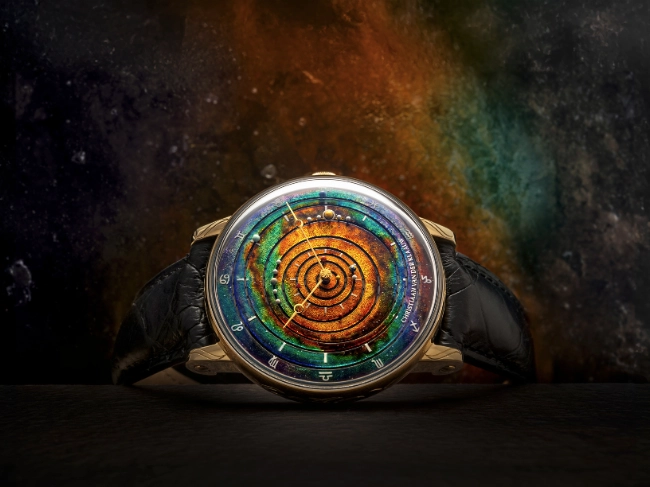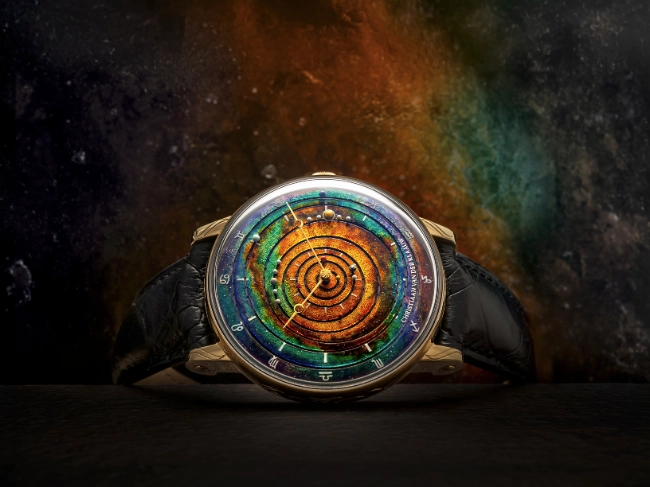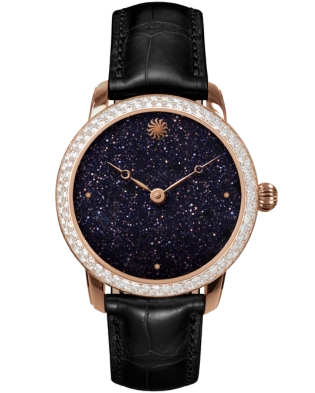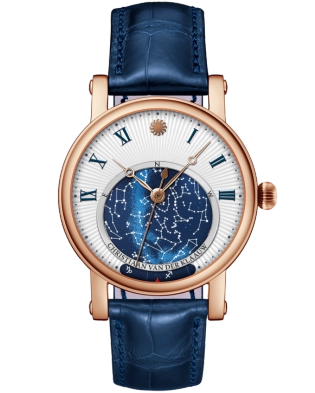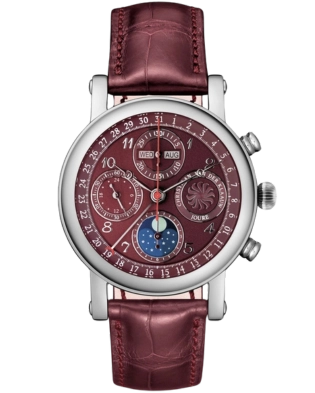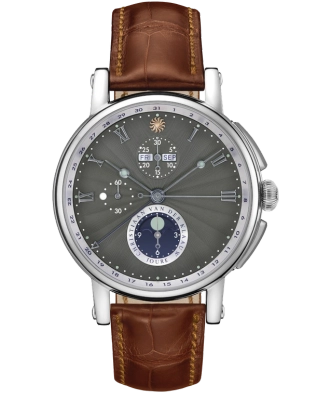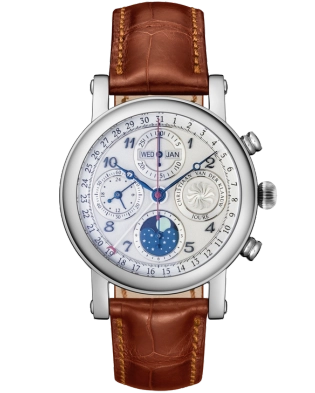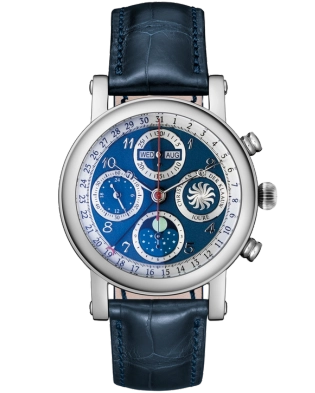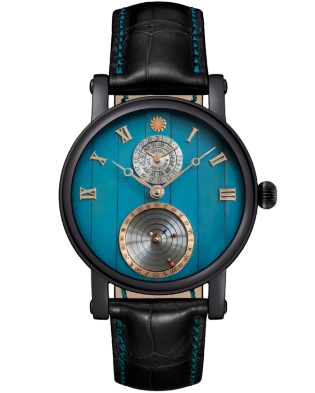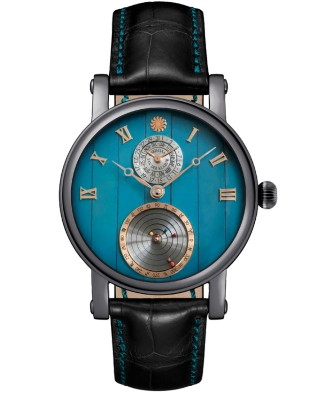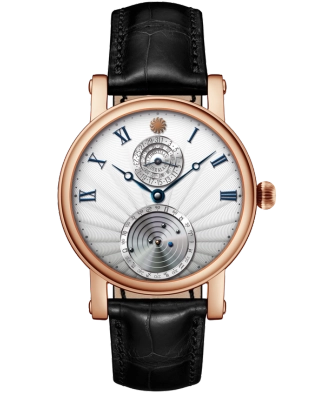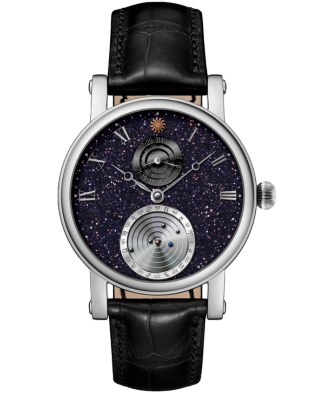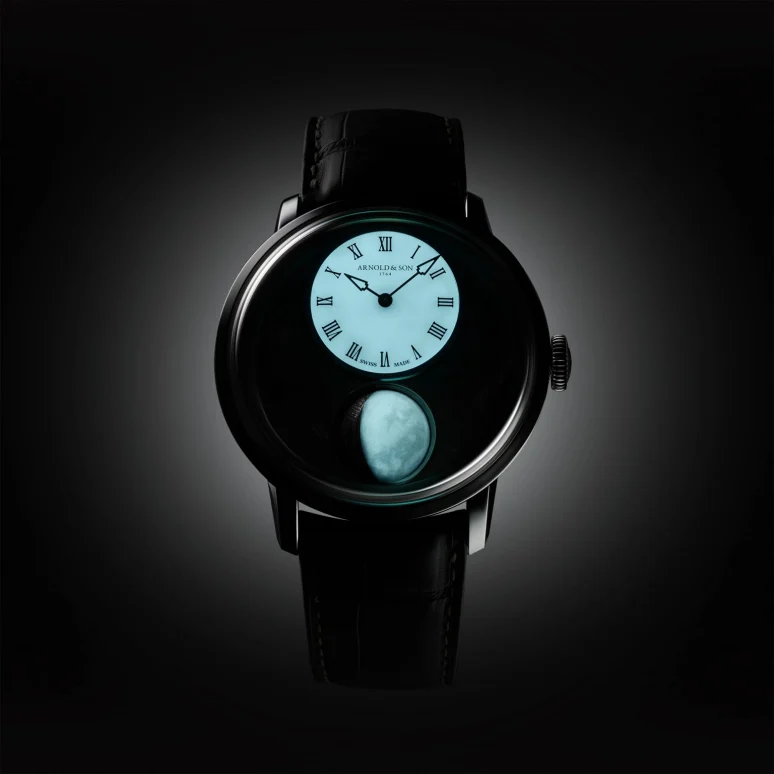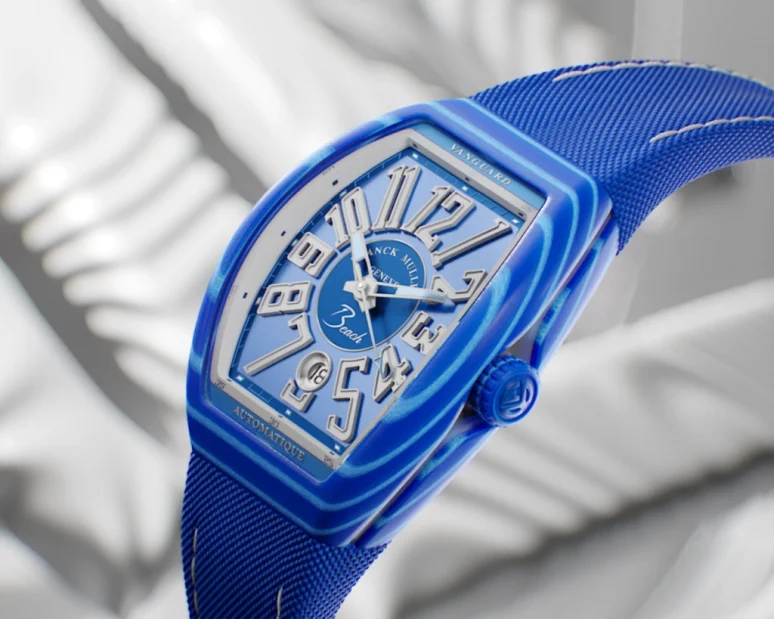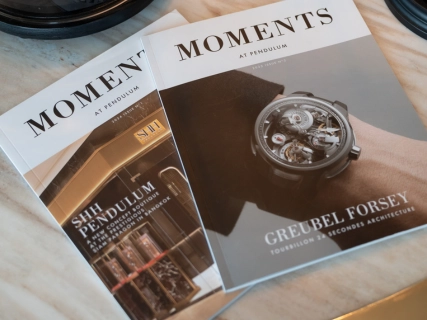Christiaan van der Klaauw
Astronomy, time in its purest form is the source of inspiration for the most famous watch atelier in the Netherlands since 1974. Christiaan van der Klaauw Astronomical Watches is the only atelier in the world that is completely devoted to the design and the production of exclusive, hand-made astronomical watches. Known for their iconic masterpieces like the ‘CVDK Planetarium’ – with the smallest mechanical planetarium in the world – and the ‘CVDK Real Moon Joure’ – with the most accurate 3D moon phase in the world.
Winner of the Grand Prix d’Horlogerie de Genève (GPHG) Calendar & Astronomy Award in 2021 in Switzerland. Officially listed on the ‘Haute Horlogerie’ White Paper list of the respected Fondation Haute Horlogerie (FHH).
